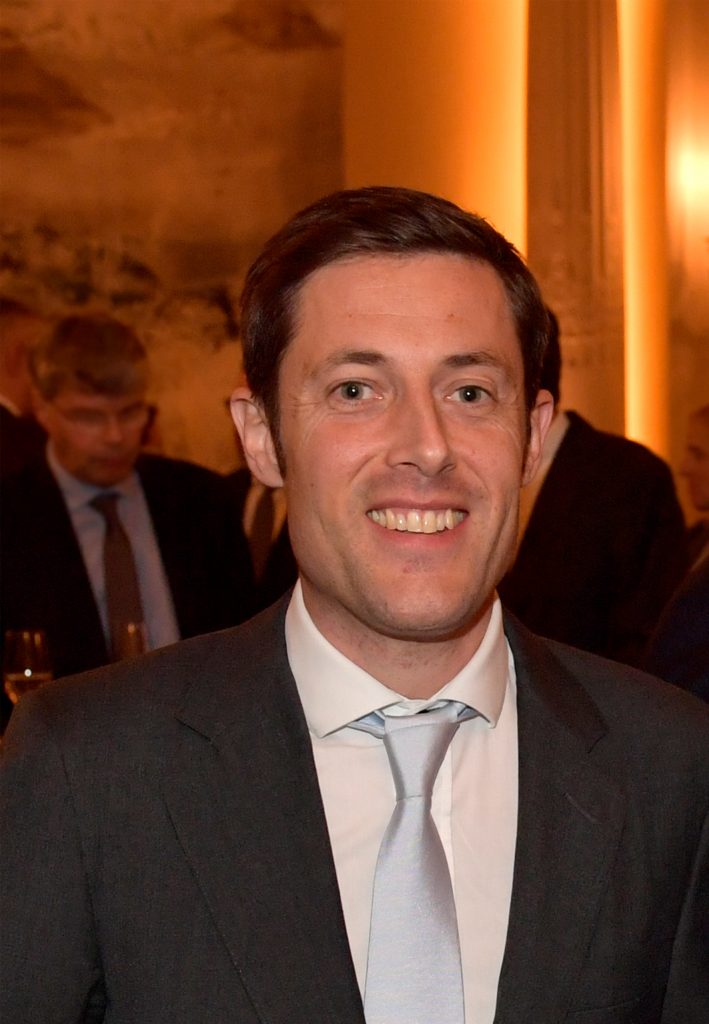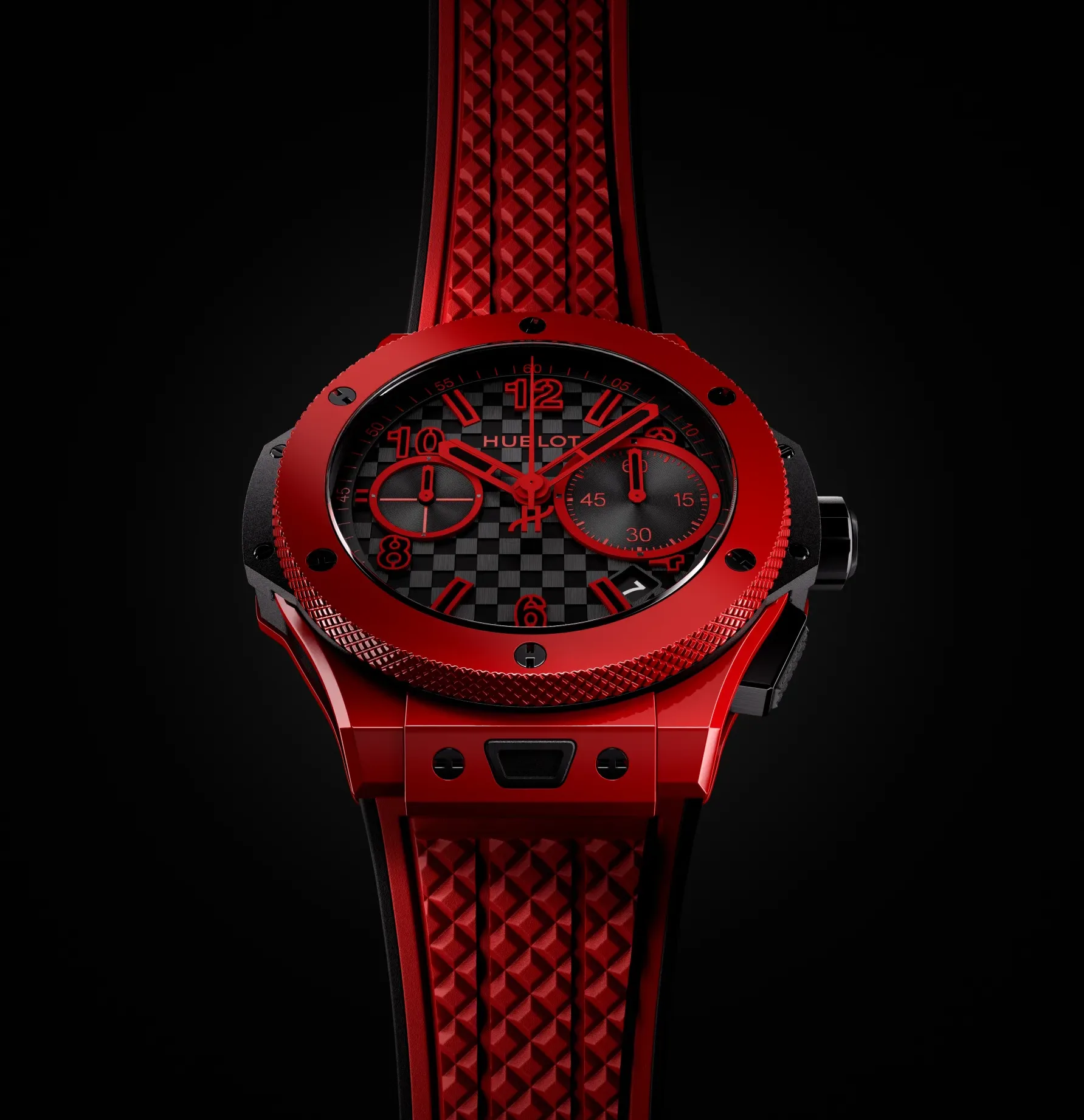By Jovan Krstevski and Harlan Chapman-Green
As you may know, we visited our friends in Geneva, Chopard, not too long ago. We’ve given you the full tour of the facilities and shown you the watches they are producing there, but we have yet to introduce a few of the people behind the scenes who make the magic really happen. First, presenting our interview with Mr. Nicolas Schlappi, the Lead Research and Developer of the L.U.C Full Strike watch. He will reveal a few things you may not have known about the watch before, and we certainly enjoyed spending some time with him at the Chopard headquarters in Geneva.

What was the hardest part when creating the Full Strike?
It was mainly to do with the sound, because the sound is very subjective and it can be difficult to feel. It was necessary at the beginning of the project to define the sound within the physical parameters of the watch. That’s why we use the curve, we can find the main parameters, the frequency and the intensity with an interesting chart to show the data. On it you can find the frequency and the intensity as well as the different area of perception of the sound. We said that if we defined the goals for the frequency and the intensity we need to reach a particular perception range.
To do this it was necessary to find an original solution because we know the parameters of a steel gong and we weren’t sure if it was going to reach the areas we wanted which is why we worked a lot and found the solution in the sapphire glass as well, we placed the gong into the same block as the sapphire glass. With this solution we reached the targets for frequency and intensity and made a really crystal sound. But it was really difficult to get the dimensions of the gong in terms of the length and the thickness as well as the thickness of the glass also to have a high intensity of the sound. It was also tricky because we need to control different knowledge about the vibrations in the case as well as around the case, it was also new for us because it wasn’t just the mechanism to consider.

Now that you’ve conquered the art of the minute repeater what do you plan on tackling next?
Tackling next? This repeater was a really great base to develop many things but the base is really strong to make more things. But now I cannot tell exactly, it’s a secret.

Mr. Nicolas Schlappi
Why didn’t you make the minute repeater sooner?
I don’t know why to be honest, maybe because it was a bit more difficult. We have now in our core collection the Full Strike and it’s also an evolution of the company. It takes a lot of time to develop a minute repeater which may be why Chopard hasn’t developed one before. But we have done many other things before the minute repeater, but the minute repeater is really difficult to do and high up in terms of complications with only a small side of the manufacture working on the development of the watch.

Can you please explain how the design process works?
For the design process there were two solutions. Either we could get a book and read through it and then make the same thing that we have all seen before but this was not the goal. In this case we said okay, the traditional minute repeater is already set out, but what can we do to fix some of the inherent problems with this mechanism. We redesigned the system for the trigger, the system which takes the information and also for the sound. Then, every time there was a reflection on every function of the minute repeater to go over the designs and make sure we have solved every problem with the mechanism of the traditional minute repeater.

How does the minute repeater system reset itself? On a traditional minute repeater it’s through a slider, but you have a push button system.
Yeah we have a push button system which is why we have two barrels on the movement as well, one barrel for the timekeeping and also one barrel for the striking mechanism. We save this power and we can trigger a strike for say 12 O’clock. We also have a specific clutch for the mechanism that makes the connection between the power saved in the barrels and the striking mechanism. This is all the parts that take that collect the information and then present it through the striking motion.
Did you find any evidence that different colours of gold for the case produce different audible tones on the watch?
With our solution of using the sapphire crystal glass as the amplifier of the sound for the minute repeater it means there are no different effects on the sound because the sound starts out really dull and is then made louder by the glass. The case does make up part of the sound, but not all of it like on a traditional minute repeater.



